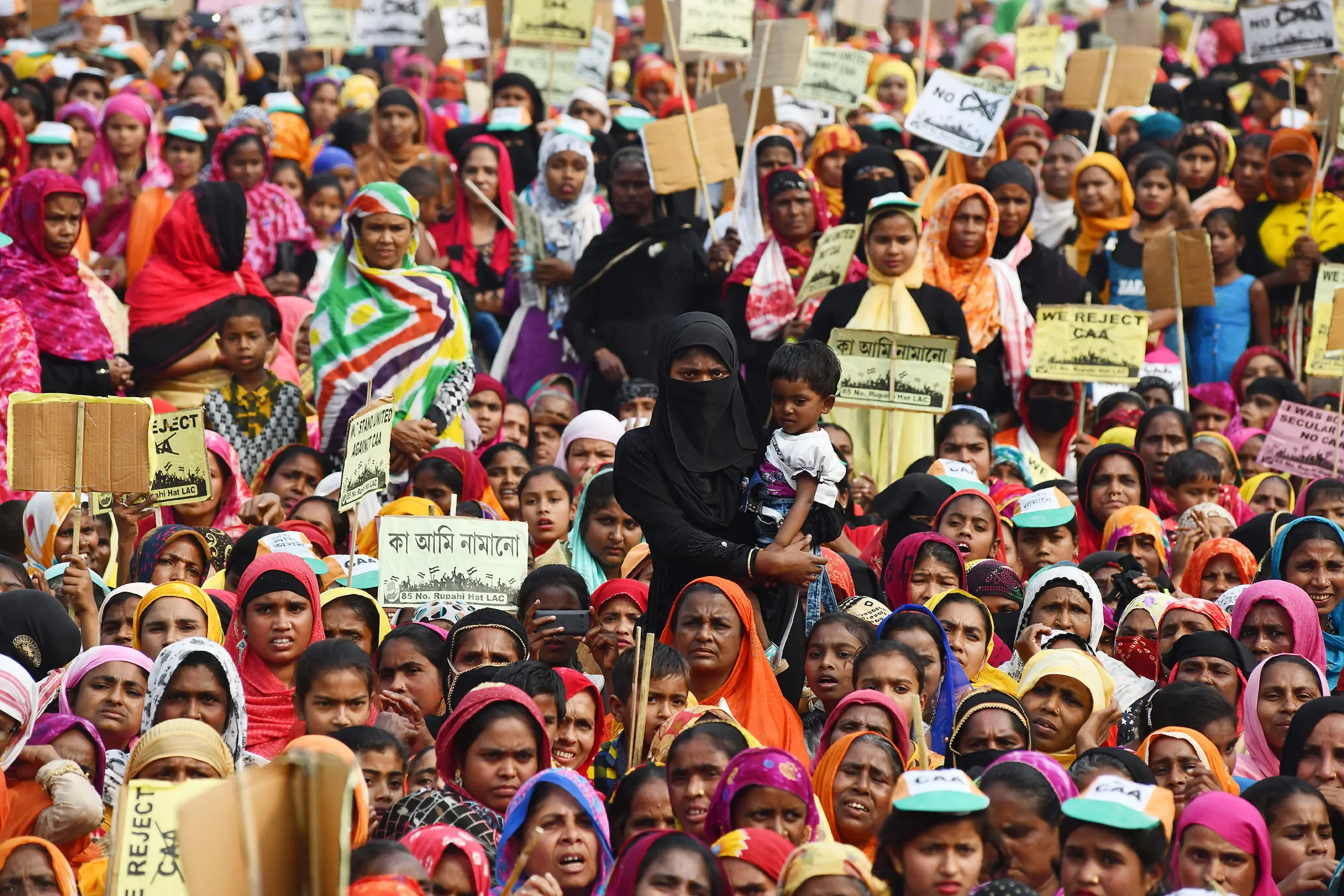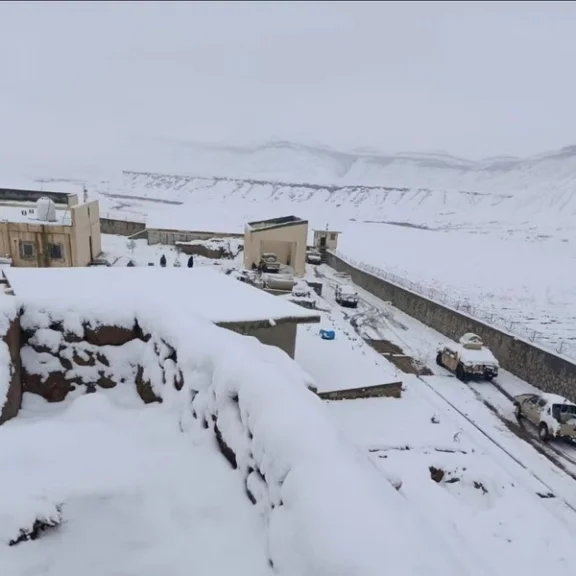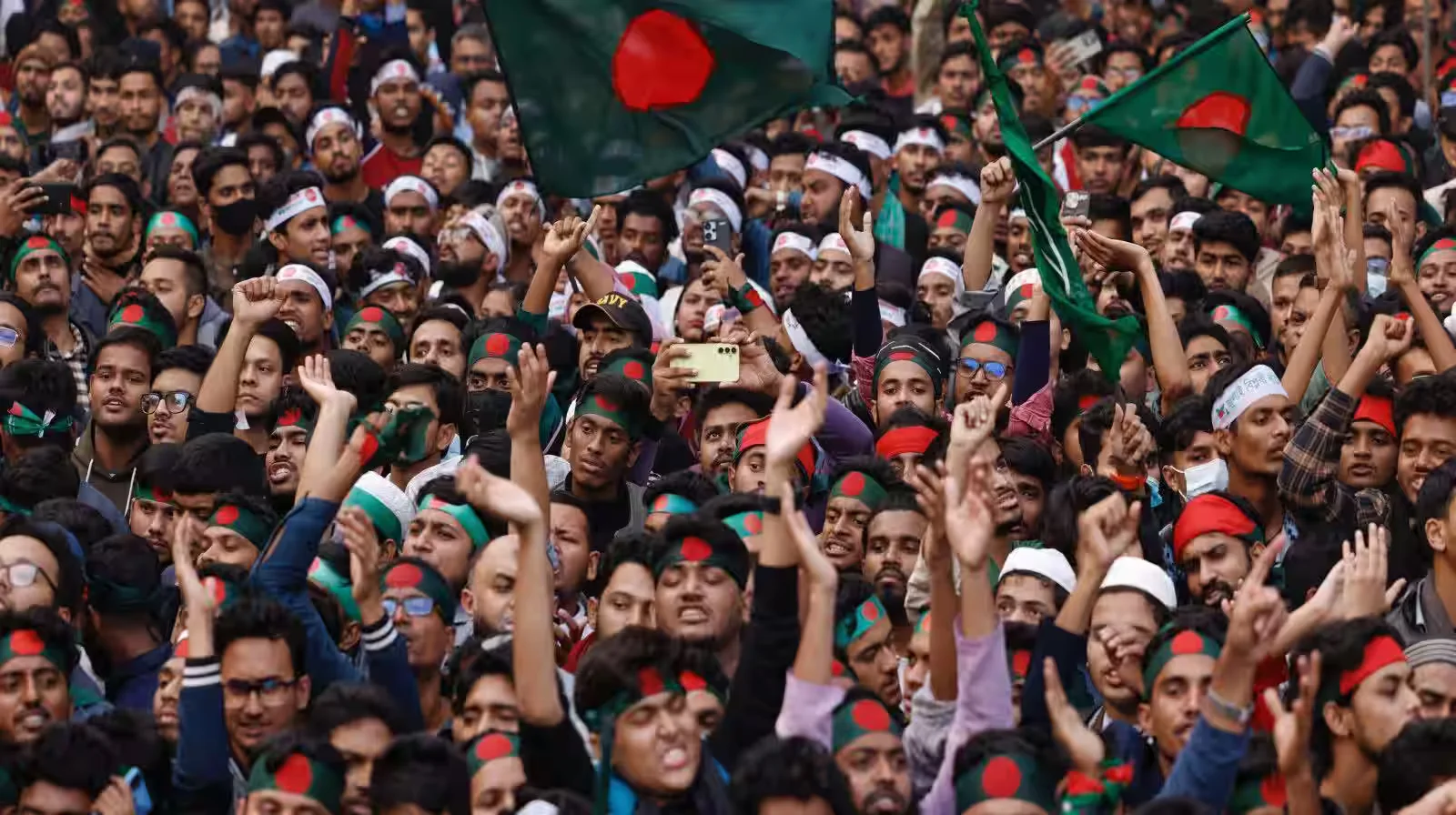On August 30, 2024, India formally requested modifications to the Indus Water Treaty (IWT) with Pakistan. This marks the fourth such appeal since January 2023. India’s primary demands include altering the dispute resolution mechanism, revising the treaty’s water allocation formula, and gaining greater autonomy over the use of the three western rivers—Indus, Jhelum, and Chenab—for its hydropower projects. India cites changes in demographics, increased demand for renewable energy, and security concerns in the disputed Kashmir region. It argues that the IWT no longer meets the needs of the 21st century.
However, these proposals have raised alarm in Pakistan, where the treaty underpins its water security and agricultural stability. While calls for revision may seem justified given changing geopolitical and environmental dynamics, a deeper analysis reveals that the IWT, in its current form, remains critical for regional peace and cooperation.
Historical Context of the Indus Water Treaty
The Indus Water Treaty (IWT) is widely regarded as the world’s most successful transboundary water-sharing agreement, maintaining a delicate balance between two nations that are often at odds.
Signed in 1960, the treaty allocates the three eastern rivers of the Indus Basin—Ravi, Beas, and Sutlej—to India. It grants the three western rivers—Indus, Jhelum, and Chenab—to Pakistan. This arrangement was not a compromise born out of political pressure. Instead, it was a solution crafted based on geographic realities, ensuring both nations have sufficient resources to support their agricultural and hydropower needs.
Current Demands and Criticisms
Critics argue for modifying the Indus Water Treaty to address demographic growth, climate change, and India’s clean energy needs. The treaty already allows India to build run-of-the-river hydropower projects on the western rivers. However, these projects must not harm Pakistan’s water flow. The treaty’s dispute-resolution process involves neutral experts and international arbitration. This mechanism has effectively managed conflicts, as demonstrated in the Kishanganga and Ratle projects.
India seeks greater autonomy to use the western rivers for hydropower, arguing that current restrictions limit its renewable energy goals. The Indus Water Treaty already permits India to build run-of-the-river projects that generate hydropower without disrupting water flows vital to Pakistan. Authorities approved projects like Kishanganga and Baglihar after thorough technical evaluations. These evaluations ensured compliance with the treaty’s terms, allowing India to pursue hydropower while safeguarding Pakistan’s water needs.
Indian critics claim that Pakistan has used the treaty’s dispute mechanism to delay Indian projects, raising costs. However, neutral international forums have consistently ruled in India’s favor, showing that the treaty is not biased. Modifying it to reduce international arbitration could disadvantage Pakistan and undermine the principle of equitable water distribution, which is central to the Indus Water Treaty.
The Stakes for Pakistan
For Pakistan, the stakes are existential. With 268 million people depending on the Indus River Basin, the country cannot afford any disruption in its water supply. The basin provides over 90% of its agricultural output, supports its largest contiguous irrigation network, and sustains the livelihood of millions. As a lower riparian state, Pakistan is particularly susceptible to changes in water flow, making the IWT an indispensable element of its national security framework.
India’s hydropower projects on the western rivers, though compliant with the Indus Water Treaty, have sparked concerns in Pakistan about India’s control over water flow, especially during critical planting seasons. Pakistan’s already strained water resources, impacted by population growth, urbanization, and climate change, make any treaty alterations potentially harmful to its food security and economy. India’s new barrage on the Ravi River has already reduced water flow into Pakistan, underscoring these risks.
Also See: Prospects of Aquaculture in Pakistan: An Overview
Addressing Climate Change and Collaboration
Climate change has undoubtedly placed new pressures on the Indus River Basin. However, it is not an issue that can be resolved by unilaterally modifying the IWT. Melting glaciers, erratic monsoons, and increased droughts require enhanced cooperation and shared data between India and Pakistan. These challenges do not call for the erosion of a treaty that has maintained regional stability. Collaborative efforts, such as joint flood management and early-warning systems, would yield far better results. These initiatives would be more effective than attempts to alter the treaty to favor one nation over the other.
Moving Forward: Strengthening the Indus Water Treaty
Critics argue that the treaty is outdated, focusing solely on water allocation without addressing environmental sustainability. However, this is a mischaracterization.
The IWT is fundamentally a water-sharing agreement; its purpose was never to manage environmental issues but to prevent conflict. Both nations can negotiate supplementary agreements within the framework of the IWT to address ecological concerns, such as ensuring adequate flows to sustain wetlands and other riverine ecosystems. Thus, the solution is not to dismantle or weaken the IWT but to modernize its implementation through mutual dialogue.
India has justified its demands for treaty modification by citing security concerns, particularly the threat of terrorism originating from Pakistan. This narrative frames the IWT as a political tool rather than a water-sharing agreement. However, the IWT insulates water management from broader political tensions by design. Using security concerns as a pretext to alter a technical agreement sets a dangerous precedent, as it risks politicizing water resources and could lead to further instability in an already volatile region.
The Indus Water Treaty’s Role in Regional Stability
The Indus Water Treaty is criticized as a “divorce settlement” rather than a joint water-sharing agreement, but it has maintained peace and cooperation in a contentious region through clear rights and responsibilities.
Instead of seeking drastic modifications, India and Pakistan could improve the treaty through dialogue. Focus areas should include enhancing water management, increasing irrigation efficiency, and developing joint strategies to address climate change challenges for long-term sustainability.
The IWT remains a cornerstone of peace between two nuclear-armed nations, offering a structured, fair, and time-tested mechanism for managing one of the world’s most geopolitically sensitive water systems. While climate change and demographic pressures require adaptation, the treaty provides a solid foundation for building future cooperation. For the sake of regional stability, India and Pakistan must resist the temptation to unravel this critical agreement and instead focus on strengthening it to meet the challenges of the 21st century.
The views expressed in this article are the author’s own. They do not necessarily reflect the editorial policy of the South Asia Times.

![The Indus River flowing through the town of Dasu, Pakistan, highlighting the significance of the Indus Water Treaty in managing water resources in the region. [Getty Images].](https://southasiatimes.org/wp-content/uploads/2024/10/103989267-GettyImages-596300702.webp)





